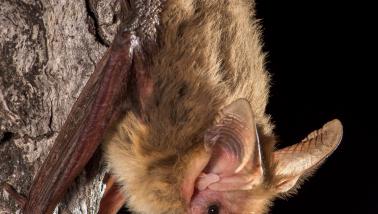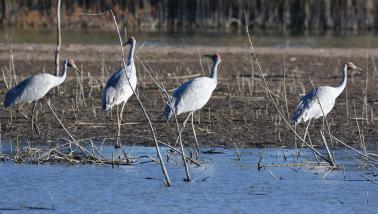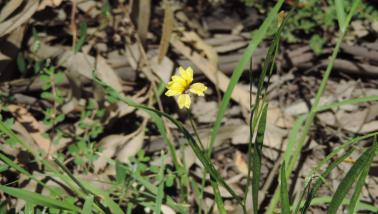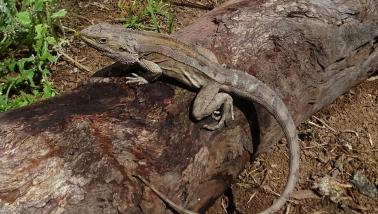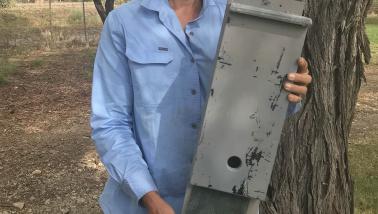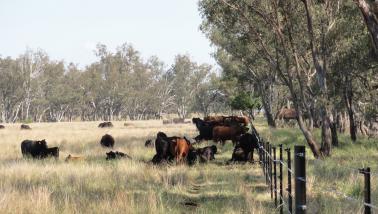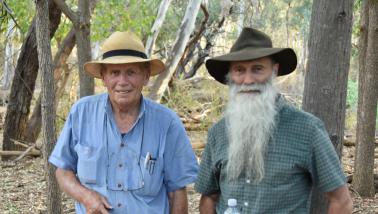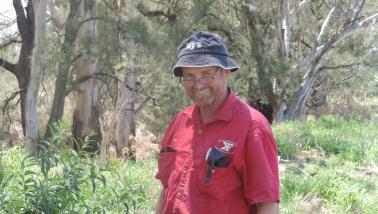For cotton irrigators creating water budgets, it is important to understand the return on a water investment. Current conditions, competition and the continued dry outlook hare resulted in the price for temporary allocation water steadily increasing.
Individual businesses should assess if the most profitable position is to be a buyer or seller in the temporary market, or to simply go about business as usual. The following example evaluates a purchase of temporary allocation to finish a cotton crop by considering the marginal return.
EXAMPLE
You have allocated…
Read More
